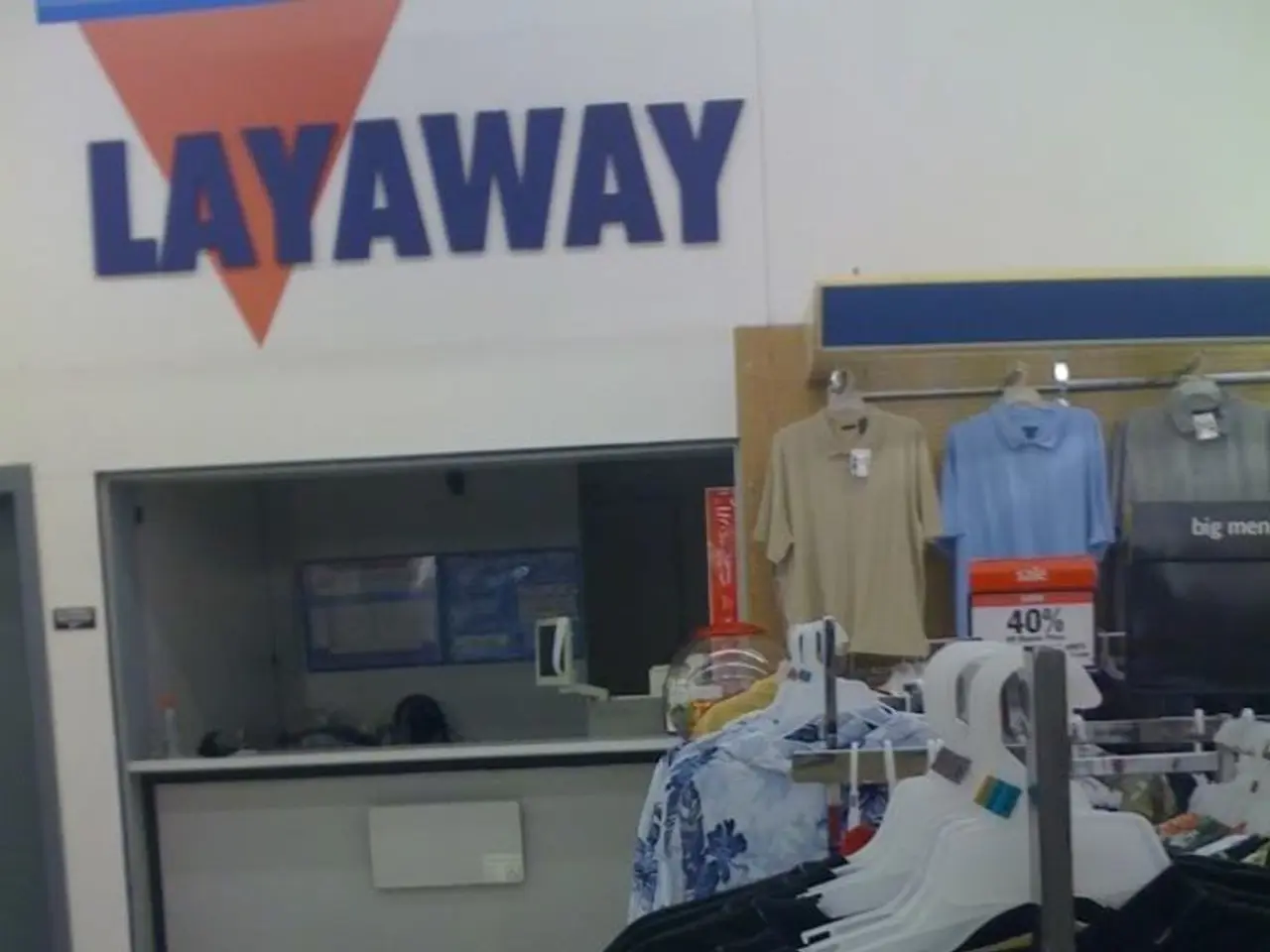Strategies for Establishing Pricing for Luxury Fashion Brands: A Handy Manual for Up-and-Coming Designers
In the world of high-end fashion, pricing plays a crucial role in communicating quality, brand positioning, and the desired customer experience. To create an effective pricing strategy for your luxury fashion brand, consider these key steps to avoid common pitfalls and secure profitable growth.
Align Price With Brand Values and Story
Your pricing should reflect your brand's authenticity and purpose. Today's consumers seek brands with genuine identity and values. Clearly communicate why your brand exists and what it stands for, ensuring prices justify the premium experience and exclusivity you offer.
Sell the Experience and Emotional Value, Not Just the Product
Luxury pricing is less about the physical item and more about the feeling and status it confers. Every aspect of your offering—including branding, packaging, and customer service—should create a unique, personalized experience that supports your pricing.
Factor in All Costs and Overhead With a Premium Markup
Calculate direct costs (materials, production, labor) and indirect costs (marketing, packaging, customer support, overhead) to ensure profitability. High-end fashion brands typically include higher margins that reflect craftsmanship, quality fabrics, limited runs, and bespoke services.
Avoid Discounts and Sales to Maintain Exclusivity
High-end brands rarely discount because price communicates value and prestige. Sales dilute brand perception and reduce perceived exclusivity; maintaining price integrity strengthens customer trust and brand strength.
Incorporate Sustainability and Innovation as Value Drivers
Modern luxury consumers care about sustainability. Use eco-friendly materials or limited edition designs to justify premium pricing and differentiate your brand. Some brands also leverage resale programs to maintain value while engaging customers.
Offer Personalization and Exclusive Services
Personalized experiences such as custom sizing, VIP access, and concierge services encourage higher willingness to pay. This deepens the emotional connection and reinforces premium positioning.
Communicate Quality Through Visual Identity and Experience
Invest in high-quality fabric sourcing, sophisticated packaging, consistent branding, and elegant presentation. This coherence further justifies your price and elevates perceived value.
Common Pricing Mistakes to Avoid
- Underpricing: Can hurt brand prestige and customer perception.
- Ignoring costs: Not fully accounting for all expenses will erode profits.
- Discounting: Reduces exclusivity and harms long-term brand equity.
- Inconsistent pricing: Confuses customers and weakens brand positioning.
- Lack of alignment with brand story: Pricing that doesn't reflect brand values leads to customer disappointment.
By strategically pricing your fashion brand with a focus on authenticity, emotional appeal, comprehensive cost calculation, and by preserving exclusivity, you can both communicate high quality and secure profitable growth without falling into common pitfalls.
Additional Considerations
- Wholesale pricing involves selling to boutiques or department stores at a lower price point compared to retail.
- Overhead costs include indirect expenses such as studio or showroom rent, marketing and branding efforts, software subscriptions, administrative support, and other ongoing business expenses.
- A high price in the luxury market signals status, exclusivity, and the value invested in a product.
- COGS (Cost of Goods Sold) includes direct expenses like materials, labor, sampling, packaging, shipping, and other costs associated with producing one unit.
- Pricing should be integrated into the brand's story to communicate the rarity, uniqueness, and luxury of the items.
- Perceived value plays a significant role in the luxury market, as customers are not just buying a product, but the luxurious feeling it provides.
- The pricing strategy for high-end fashion should reflect the quality of garments, brand positioning, and the emotional experience desired by customers.
- Adjusting pricing as the brand grows is necessary to account for increasing costs and to ensure customers have time to adjust.
- Direct-to-consumer (DTC) means owning the sales process, which can retain the full pricing margin but also adds marketing and fulfillment costs.
- Undervaluing your work can harm long-term credibility and undermine brand positioning as a luxury item.
- Pricing should sustain the business and help it grow, not just break even, while also considering profit margins.
- Pricing without understanding customer psychology can result in pricing that does not resonate with the target market.
- Your brand's luxury apparel pricing should be aligned with its values and story, reflecting the authenticity and purpose that today's fashion-and-beauty-conscious consumers seek.
- To prevent losses and secure profitable growth, it's essential to factor in all costs and overhead with a premium markup, including direct costs like production and labor, as well as indirect costs such as marketing and administrative support.
- In the fashion business, a high price communicates status, exclusivity, and the value invested in a product, so it's important to avoid common pricing mistakes like underpricing, inconsistent pricing, and discounting to maintain brand exclusivity and strength.
- Personalized experiences and exclusive services like custom sizing, VIP access, and concierge services can encourage higher willingness to pay, deepening the emotional connection and reinforcing premium positioning in the lifestyle market.




